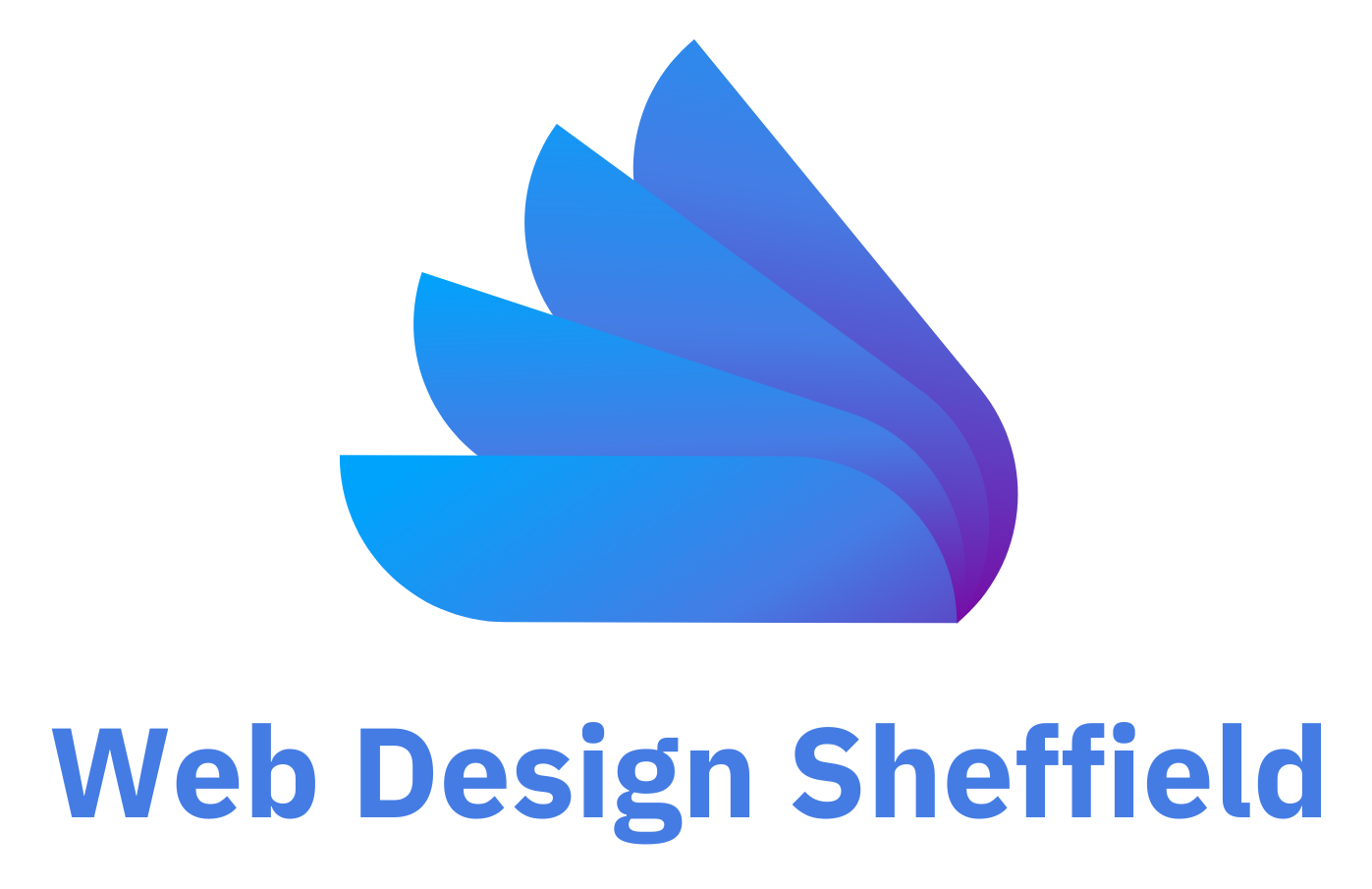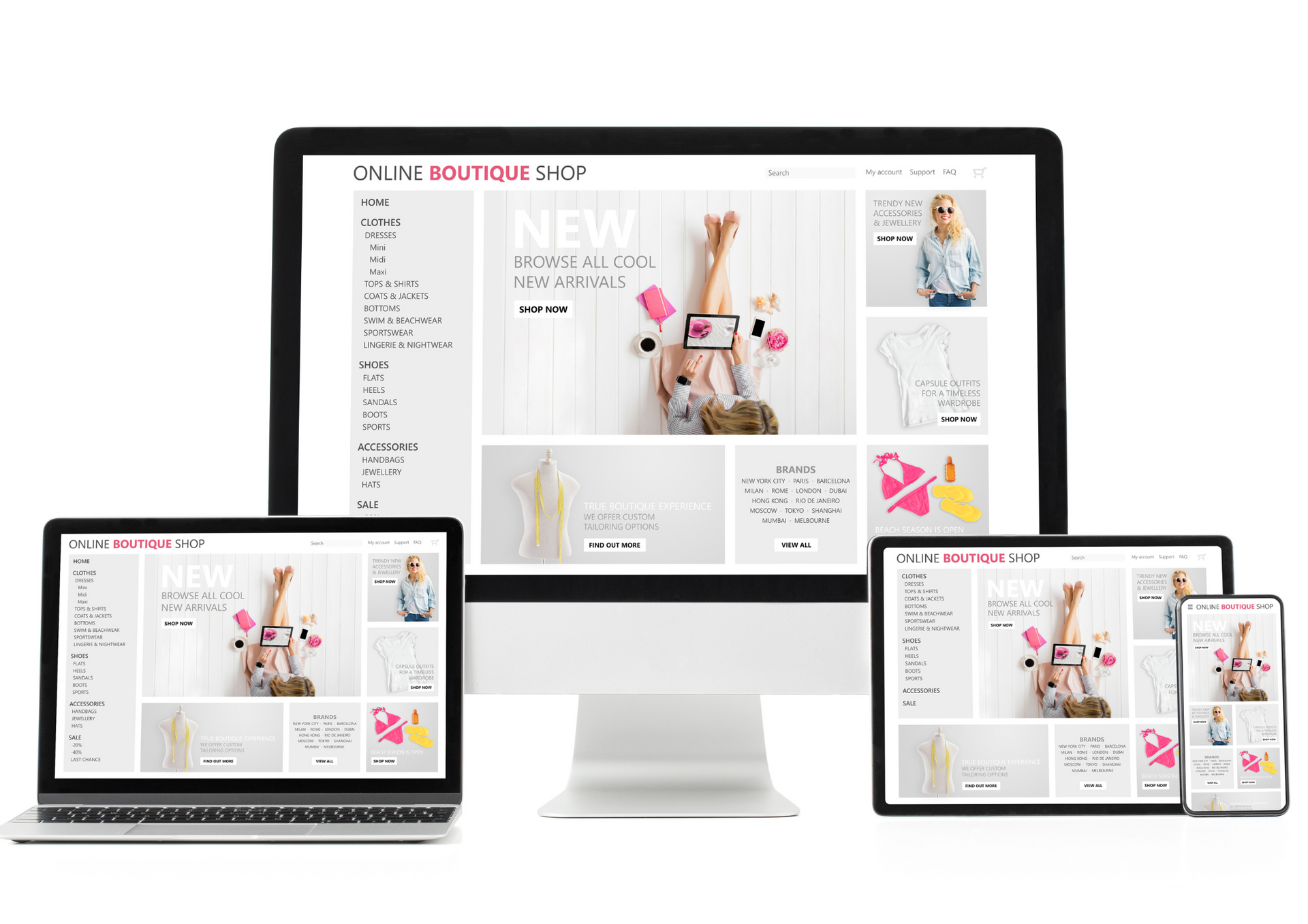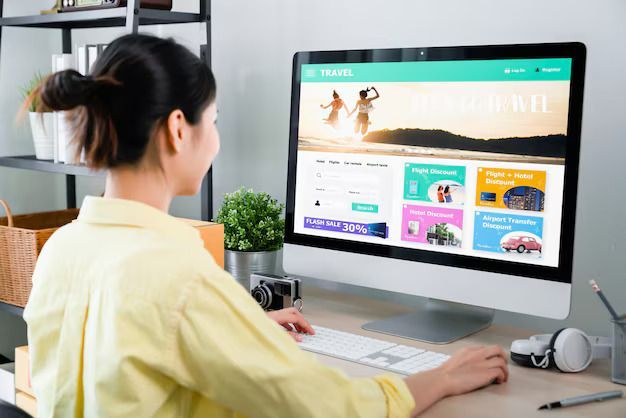Web Design Sheffield
How to Integrate Social Media into Your Website Design
Integrating social media into your website design is essential in today’s digital landscape. Businesses benefit from this integration as it helps increase engagement, boosts brand visibility, and keeps customers connected. For business owners, a website with well-designed social media features can strengthen online presence, drive traffic, and create more interaction opportunities with customers. Let’s explore the most effective ways to incorporate social media into your website design and how it can elevate your brand’s digital reach.
Why Social Media Integration Matters for Your Website
Incorporating social media into your website is more than just adding icons. It’s about enhancing the user experience and creating a dynamic space for visitors to engage with your brand. By merging social platforms with your website, you allow users to interact with content in ways that increase brand awareness and reach a wider audience. Visitors are more likely to stay on your site if they see fresh content, engage with social posts, or quickly share something they find valuable. This interconnectedness can help your brand remain relevant in users' minds, leading to increased return visits and loyalty.
Key Ways to Integrate Social Media into Your Website Design
To maximise the benefits, here are some of the most impactful methods for seamlessly integrating social media into your website:
1. Social Media Icons
Adding social media icons to your website is one of the simplest yet most effective ways to make your presence known. Typically, these icons are displayed in the header or footer, ensuring they’re accessible on every page. When designing these icons, it’s essential to keep the style consistent with your website’s branding to create a cohesive look. Avoid overwhelming visitors with large or overly colourful icons; instead, choose subtle designs that match your site’s colour scheme while remaining easily noticeable.
2. Embedded Feeds
Embedding social media feeds on your website is an excellent way to keep content fresh. Whether it’s a Twitter feed sharing your latest updates or an Instagram gallery showing recent projects, live feeds bring dynamic, real-time content to your website. These can be set up to show a curated selection of posts that align with your brand message. Embedding feeds allows visitors to see what’s happening on your social media without leaving your site, encouraging them to engage directly through the website.
3. Share Buttons
Social sharing buttons are essential for encouraging users to spread the word about your content. Place these buttons on blog posts, product pages, or other content-heavy areas where users will likely want to share. Social sharing buttons empower your audience to amplify your content, and with one click, they can share your page on their network, helping to grow your brand's visibility organically.
4. Login Integration
Offering social login options is a great way to streamline user access. Allowing users to log in using their Facebook, Google, or LinkedIn accounts can simplify the registration process and make it more appealing. This feature not only improves user convenience but also provides insights into customer preferences, allowing you to tailor the experience further. Social login integration is helpful for e-commerce sites, forums, or any platform where users may need to create accounts.
Best Practices for Social Media Integration
To successfully integrate social media without overwhelming your web design, keep these best practices in mind:
- Avoid Clutter: Social media elements should complement your website, not distract from the main content. Only include features that add value, avoiding excessive buttons or plugins that slow down the site.
- Responsive Design: Make sure all social media elements are mobile-friendly. A responsive design ensures that users have an optimal viewing experience on any device, which is crucial given that many visitors will access your site via mobile.
- Brand Consistency: Align your social media visuals with your brand’s identity. From icon styles to embedded post colours, ensure these elements match your brand for a seamless user experience.
SEO Benefits of Integrating Social Media with Website Design
While social media links and buttons don’t directly impact your website’s search rankings, they can still provide SEO benefits. Social media integration helps drive more traffic to your site, increasing the time users spend on your pages and contributing to better SEO performance. Content shared from your site also expands its reach, potentially leading to more backlinks and higher brand authority. By encouraging social engagement, you create a ripple effect that can improve search engine performance over time.
Monitoring and Adjusting Social Media Integration
Once you’ve integrated social media into your website design, tracking the impact is important. Tools like Google Analytics and social media analytics platforms can provide insights into user interactions. Pay attention to data such as click-through rates on social icons, engagement on embedded posts, and the effectiveness of share buttons. Based on these insights, make adjustments to improve usability and maximise engagement. Regularly updating your social content and monitoring the results will help you keep your integration effective and aligned with your business goals.
Integrating social media into your web site design is a powerful way to boost engagement, improve user experience, and increase brand visibility. By strategically adding social icons, embedding live feeds, implementing share buttons, and offering social logins, you create a website that keeps users connected and engaged. Social media integration is an investment in your brand’s growth, making it easier for visitors to interact and share your content with their networks.
At Web Design Sheffield, we specialise in creating bespoke website designs that seamlessly incorporate social media elements to enhance your digital presence. With a focus on user-friendly, responsive design, we ensure that every element of social integration aligns with your brand and engages your audience effectively. Our team of web designers is dedicated to providing tailored solutions that meet your unique needs, setting your business apart with a professional and impactful online presence.
Check our GBP update on how to integrate social media into your web design.




